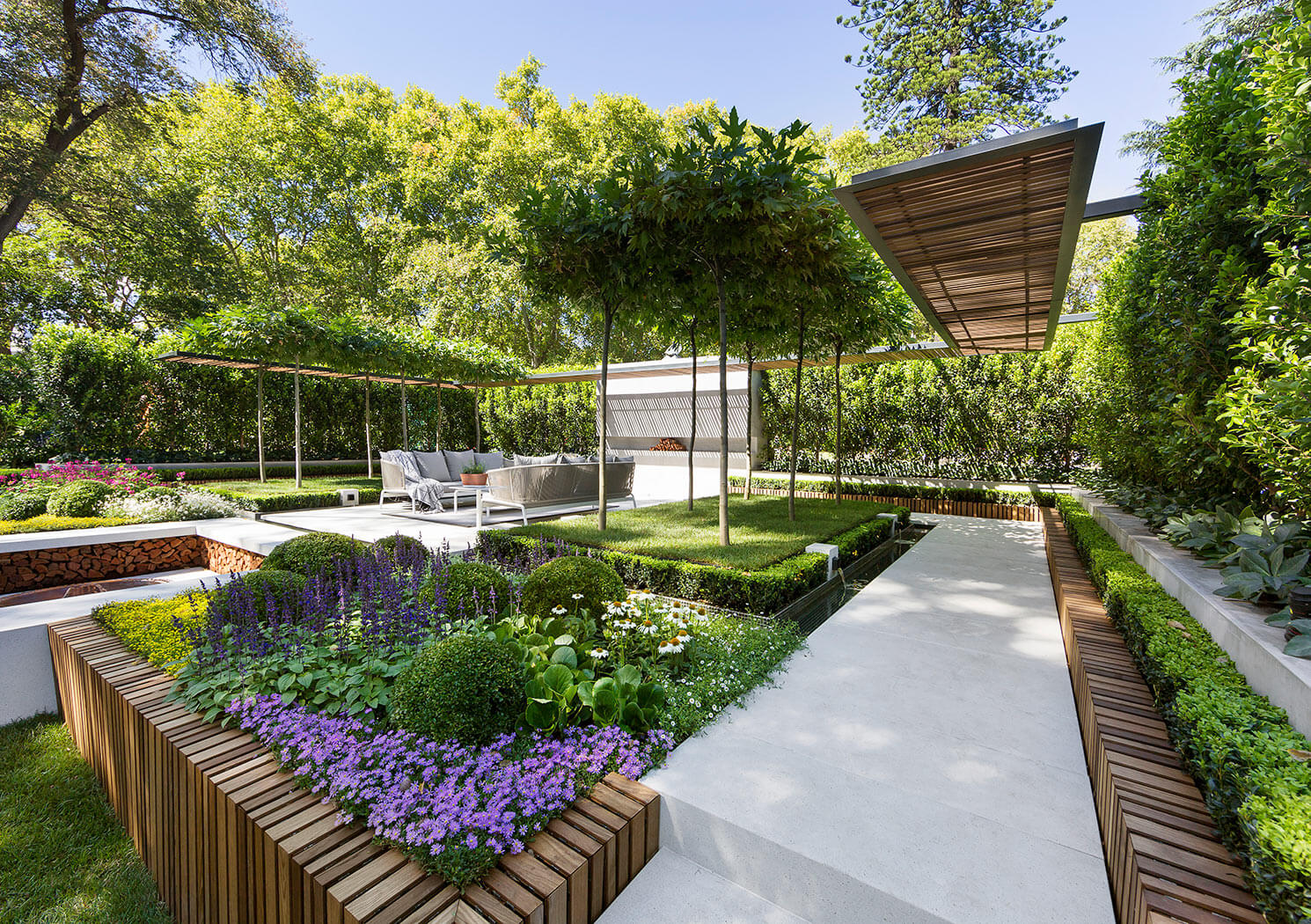Landscaping for Wildlife: Inviting Avian Species and Pollinating Insects
Establishing a environment that merely decorates your home and also supports wildlife has become progressively important. As my response turn to their gardens for relaxation and pleasure, there's a rising desire to design environments that invite birds and insects. Including components that accommodate these creatures not only enhance the appearance of your property but also contributes to the health of local habitats.
In the following sections, we will examine the art of landscaping for wildlife, analyzing how the appropriate design decisions can bring nature closer to home. From picking native plants to designing water features, we will delve into hands-on tips and sustainable practices that support foster a productive habitat for birds and pollinators. No matter if you are a veteran gardener or just starting out, you'll find helpful insights that turn your outdoor space into a haven for wildlife, fostering a vibrant and biodiverse environment.
Gains of Expert Landscaping
Putting money in professional landscaping can substantially enhance the visual appeal of your property. A well-designed landscape not just enriches your outdoor space and also creates a welcoming atmosphere for both the residents and visitors. Experienced landscapers have the knowledge and skills to select plants and design layouts that complement the look of your home or business, ensuring a cohesive and attractive appearance.
Another advantage of hiring a landscaping service is the utility it brings to your outdoor space. Professionals know how to create practical areas that fit your lifestyle needs, whether it’s a space for entertaining, unwinding, or planting. They also have the equipment and skills necessary to implement features such as watering systems, lighting, and pathways that improve usability while maintaining the beauty of your yard.
In addition, expert landscaping can boost the value of your property. Homes and businesses with carefully tended landscapes are often more attractive to potential buyers, and studies have shown that superior landscaping can lead to greater appraisal values. This investment not only boosts your immediate enjoyment of the space but also offers long-term financial benefits, making it a wise choice for residential managers and property managers alike.

Eco-friendly Garden Design Methods
Eco-friendly garden design is concerned with creating a garden that not only enhances beauty but also benefits the environment. By using native plants, which are suited to the regional climate and soil conditions, homeowners can create a flourishing ecosystem that requires minimal water and minimal maintenance. Native plants provide critical habitats for native wildlife, including avian species and pollinators, making your landscape a haven for these creatures. This method reduces the requirement for chemical nutrients and pesticides, fostering healthier soil and flora in your yard.
Incorporating water-saving techniques is a further cornerstone of eco-friendly garden design. Strategies such as xeriscaping center on designing landscapes that require low irrigation, helping save water. Installing rain gardens and permeable paving can efficiently manage stormwater runoff, preventing soil erosion and lowering the risk of flooding. By designing for optimal water use, homeowners not only contribute to environmental sustainability but also reduce on water costs over the long run.
Additionally, embracing sustainable materials and maintenance methods supports a better planet. For instance, using natural fertilizers and biological pest control methods can boost plant health without adding toxic chemicals into the environment. Recycling yard waste improves the soil and minimizes the need for synthetic products. By prioritizing these sustainable practices, you can create a stunning garden that flourishes while positively impacting local ecosystems and creating a more sustainable future.
Attracting Creatures to Your Yard
Building a animal-friendly garden commences with selecting the best plants that supply nourishment, shelter, and places to nest for various species. Select local plants that are adapted to your local environment and soil, as these will attract local birds of various kinds, honeybees, and fluttering insects more successfully than exotic species. Adding a diverse range of blooming plants will ensure you have floral displays throughout the seasons, providing essential resources for beneficial insects during their active times.
In addition to plant selection process, contemplate incorporating items like houses for birds, bat boxes, and bee habitats into your outdoor space. These features create protected areas for wildlife to nest and can help enhance species diversity in your yard. Water features, such as baths for birds or little ponds, not only improve the aesthetics of your landscape but also provide an essential resource for avian species and other creatures, especially during times of dryness.
Finally, minimizing pesticide use and choosing natural gardening methods will create a better habitat for beneficial insects and wildlife. By embracing a natural approach to garden upkeep, you can assist maintain the local ecosystem while enjoying the lively life that thrives in your yard. Establishing a welcoming habitat for wildlife not only enhances wildlife diversity but also improves the overall satisfaction and beauty of your garden.